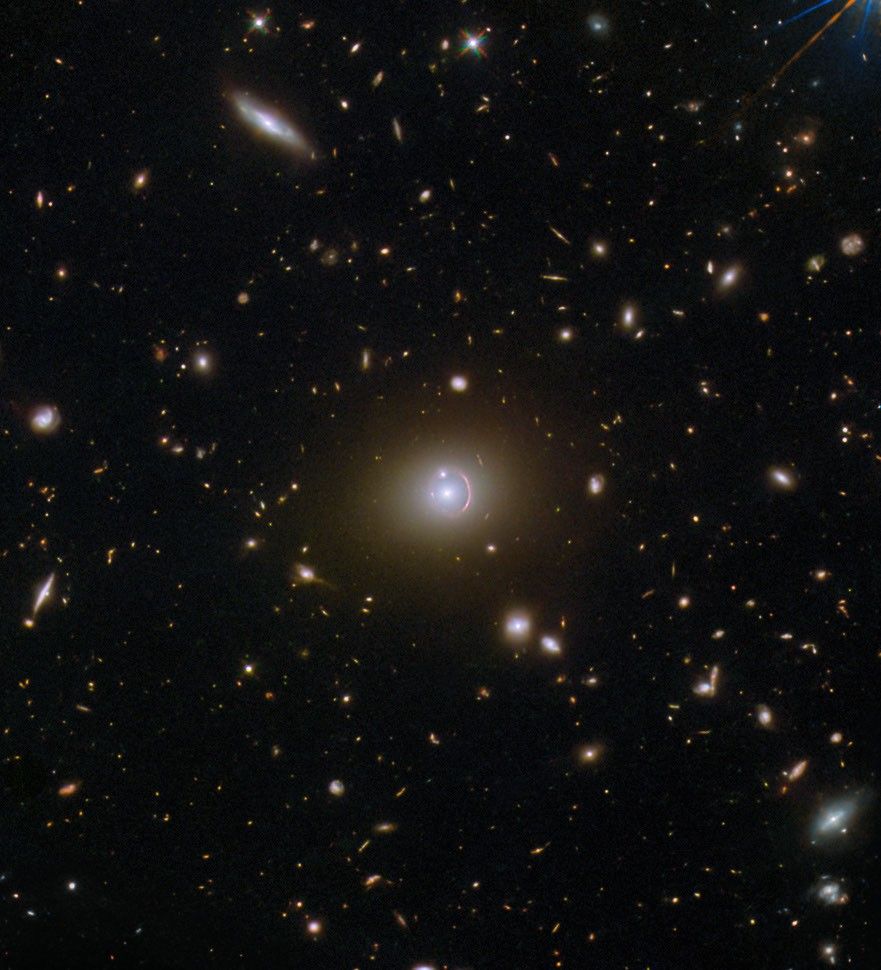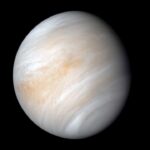Now Reading: Wyvern publicly releases 25 hyperspectral images
-
01
Wyvern publicly releases 25 hyperspectral images
Wyvern publicly releases 25 hyperspectral images

ST. LOUIS — Canadian hyperspectral startup Wyvern is publicly releasing 25 additional images including scenes of Afghanistan’s Kandahar Airfield and an Iranian port explosion.
Wyvern launched its Open Data Program in February “to help catalyze the use of hyperspectral data across industries and research communities,” Kristen Cote, Wyvern co-founder and chief technology officer told SpaceNews by email. “By making this data openly available, our goal is to help researchers, developers, analysts and even students experiment, build, extract insights and generally familiarize themselves with what hyperspectral imagery can do.”
Imagery of Iran’s Shahid Rajaei Port after an April explosion shows, for example, how hyperspectral sensors can identify and map chemical residue, detect contaminated soil and water, assess damage to infrastructure and determine fire intensity.
Similarly, a Kandahar Airfield image reveals how hyperspectral instruments detect pavement wear, oil leaks and recent repairs. In addition, analysts can differentiate among aircraft or vehicle types based on paint or coatings. By tracking changes in exposed soil, vegetation or dust, researchers can infer recent activity.
“Instead of just seeing color or light intensity, hyperspectral sensors detect hundreds of narrow spectral bands, giving us a ‘spectral fingerprint’ of each material on Earth’s surface,” Cote said. “This means we detect things can like chemical residues, subtle material differences, and even vegetation health in a way that’s not possible with other types of imagery. With this new release, we’re giving the GEOINT community access to images that can unlock insights into industrial accidents, military activity, environmental changes, and infrastructure health, all from space.”
Also being added to Wyvern’s Open Data Program are before and after images of a March drone strike on the Engels airfield in southern Russia. This type of hyperspectral imagery can reveal destroyed or damaged buildings and aircraft, recovery efforts, vehicle movement and burn scars in surrounding vegetation.
Wyvern has four instruments in orbit including Dragonette-004 onboard Loft Orbital’s YAM-8 mission launched in March.
Dragonette-004, which is scheduled to begin supplying commercial data this summer, “will allow us to capture more frequent hyperspectral data across more regions, Cote said. Plus, the new satellite “has a much larger capacity than our first three satellites,” she added.
Stay Informed With the Latest & Most Important News
Previous Post
Next Post
-
 012024 in Review: Highlights from NASA in Silicon Valley
012024 in Review: Highlights from NASA in Silicon Valley -
 02Panasonic Leica Summilux DG 15mm f/1.7 ASPH review
02Panasonic Leica Summilux DG 15mm f/1.7 ASPH review -
 03How New NASA, India Earth Satellite NISAR Will See Earth
03How New NASA, India Earth Satellite NISAR Will See Earth -
 04And Thus Begins A New Year For Life On Earth
04And Thus Begins A New Year For Life On Earth -
 05Astronomy Activation Ambassadors: A New Era
05Astronomy Activation Ambassadors: A New Era -
06SpaceX launch surge helps set new global launch record in 2024
-
 07Space Force plans new ‘Futures Command’ amid pressure to speed up modernization
07Space Force plans new ‘Futures Command’ amid pressure to speed up modernization




















